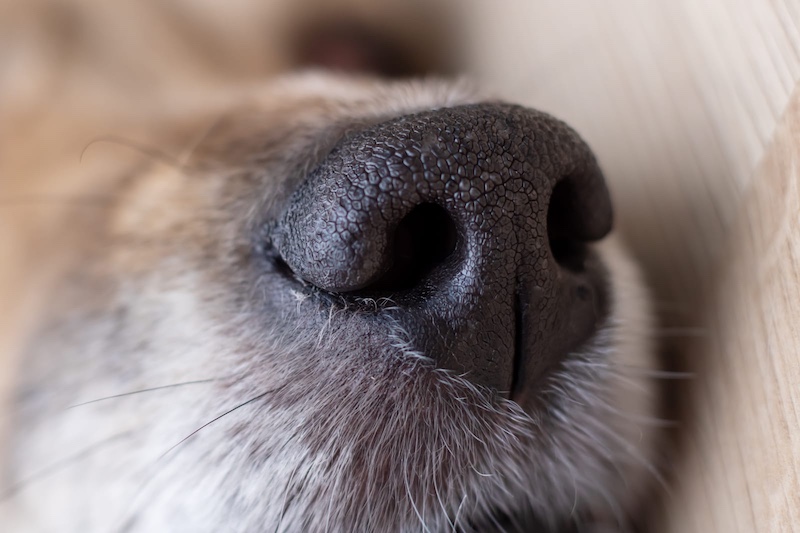Your dog’s nose is a remarkable sensory tool, filled with fascinating abilities that go far beyond simply sniffing out their next meal. From their incredible sense of smell to their ability to detect emotions, a dog’s nose is nothing short of extraordinary. Here are 10 fun facts about your dog’s nose that might surprise you!
1. A Super Sense of Smell

Dogs have up to 300 million olfactory receptors in their noses, compared to about 6 million in humans. This makes their sense of smell between 10,000 to 100,000 times more acute than ours! It’s why they can sniff out food from across the house or track scents that are invisible to us.
2. Nose Prints Are Unique
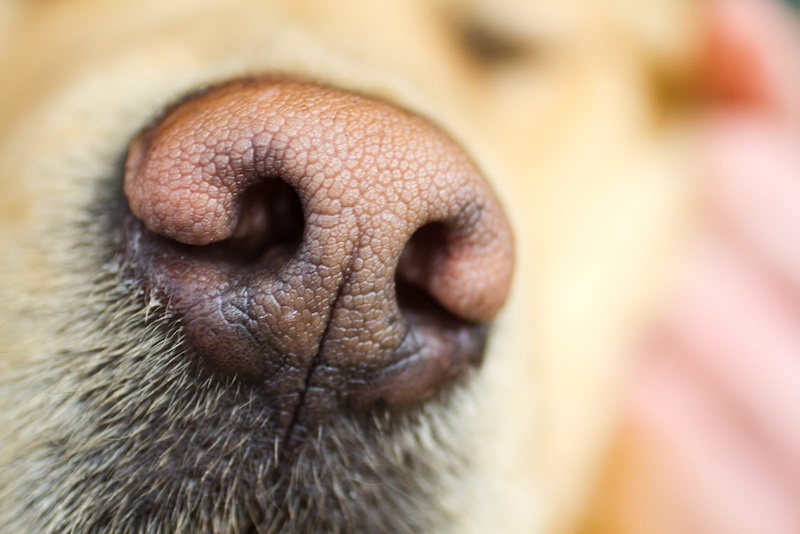
Just like human fingerprints, every dog has a unique nose print. The ridges and patterns on their noses are distinct, making them identifiable through nose printing. Some dog owners and organizations even use nose prints for identification purposes, similar to how microchips are used.
3. Dogs Breathe In and Out at the Same Time

When a dog sniffs, air is separated into two paths: one for breathing and one for smelling. This allows them to continue taking in smells even while they’re exhaling. It’s what gives them that continuous sniffing ability when they’re focused on tracking a scent.
4. Wet Noses Are Important

Dogs’ noses are typically moist, and this isn’t just for show. The moisture on a dog’s nose helps to trap scent particles, enhancing their sense of smell. Dogs will often lick their noses to keep them wet, which allows them to smell even more effectively.
5. They Can Smell in Layers
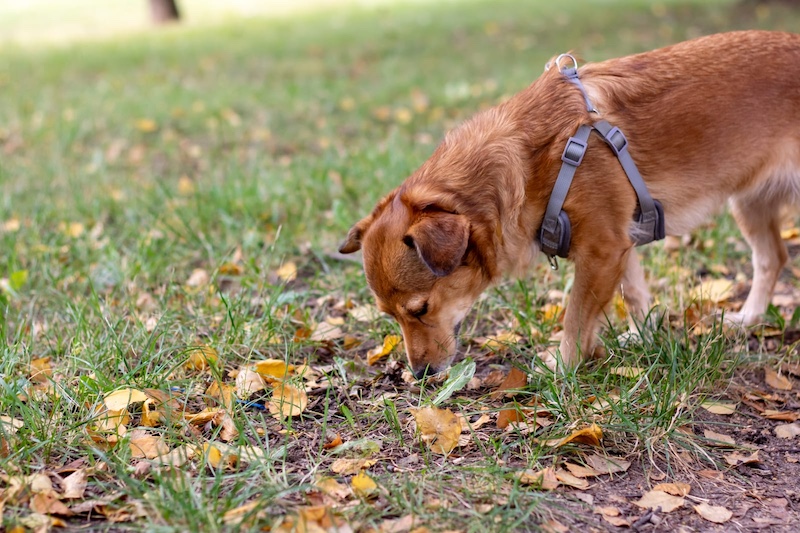
A dog’s brain is wired to detect different components of a scent individually. For example, while humans might only smell a single odor—like stew—dogs can pick apart all the individual ingredients within that smell, such as the carrots, beef, and potatoes.
6. Noses Can Detect Health Issues

Dogs have been trained to sniff out various health conditions in humans, including diabetes, certain cancers, and even oncoming seizures. Their sensitive noses can detect chemical changes in a person’s body that signal illness, often before symptoms become noticeable.
7. Cold Noses Help Regulate Temperature

A dog’s nose is typically colder than its body, and this helps regulate their body temperature. It’s thought that a cool nose may also help enhance their ability to track by making temperature changes in the environment more noticeable.
8. Dogs Can Smell Emotions
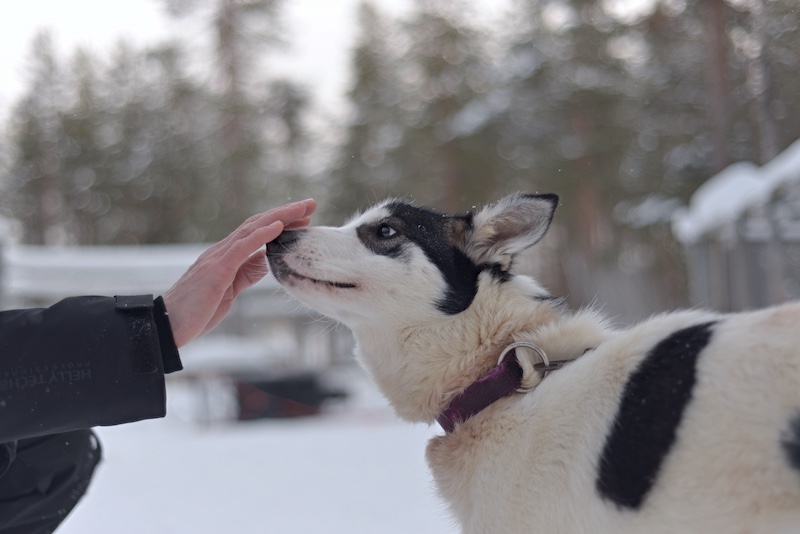
Your dog can detect changes in your body chemistry, meaning they can smell when you’re happy, sad, or stressed. Dogs often respond to their owners’ emotions, which is why your dog may cuddle up to you when you’re feeling down or become excited when you’re happy.
9. Their Sniffing Helps Them Learn
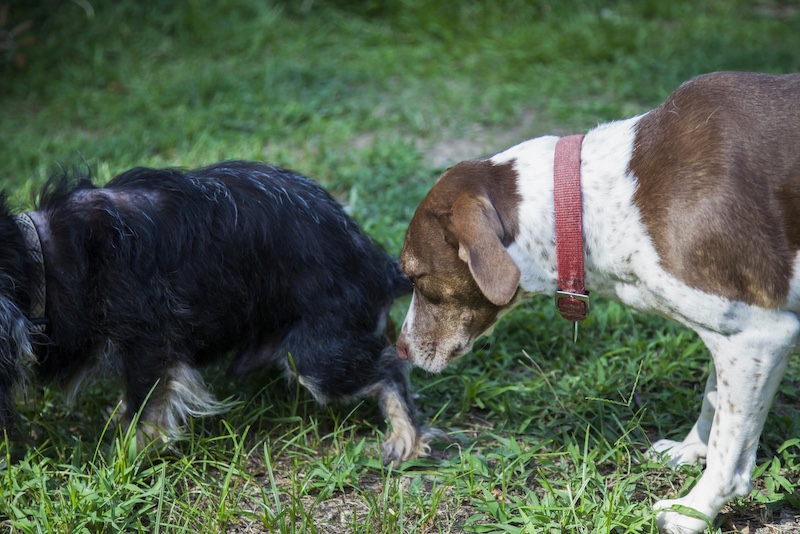
When a dog meets another dog or person, they rely on sniffing to gather information. A dog’s sense of smell helps them understand the world, much like how humans rely on their sight. A few sniffs can tell them where another dog has been, what they’ve eaten, and more.
10. Dogs Use Their Noses to Find Their Way Home
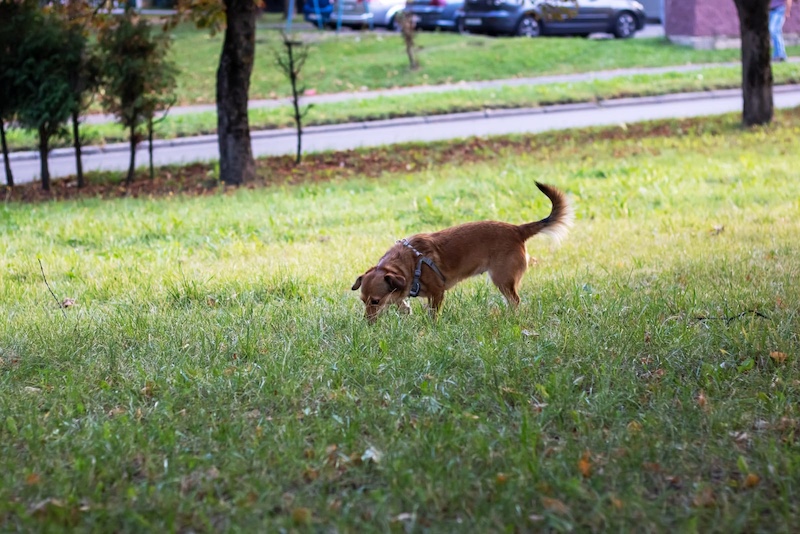
Ever wonder how some lost dogs find their way back home? It’s largely thanks to their incredible sense of smell. Dogs can track familiar scents over long distances and even pick up on scent trails that are days old, which helps guide them back to their families. Please Note: This content was created with the assistance of AI and thoroughly edited by a human before publishing.

